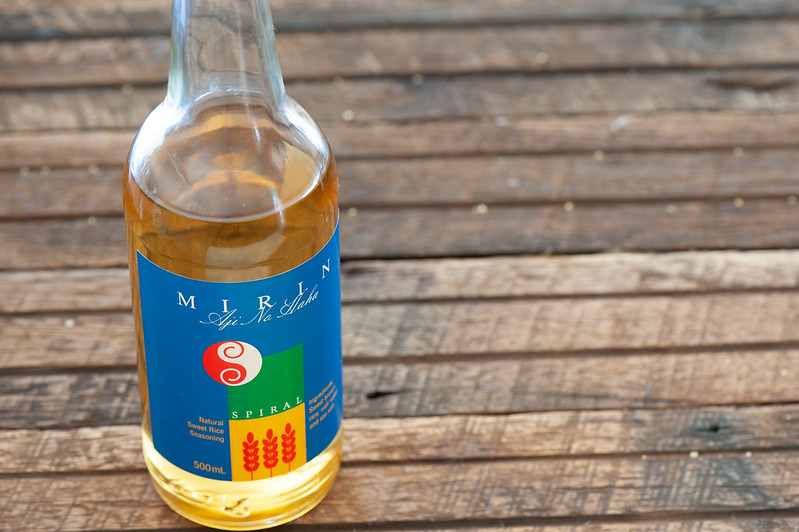While it’s nowhere near as well-known as soy sauce, mirin is just as crucial in providing the unique combination of flavors found in Japanese cuisine.
Mirin is a thick and subtly sweet rice wine that is used in many popular Japanese dishes and as an addition in dips and condiments. Mirin adds an unmistakable tangy and sweet kick to dishes that balance out the usually umami-rich flavors of food from the region. If you’re starting to explore recipes from the east, mirin is an essential ingredient to add to your cooking arsenal.
History
The precise history and origins of mirin are a little tricky to pin down. Depending on who you ask it either originated in China or Japan. Regardless of its point of origin, the first mention of Mirin dates back to the Age of Civil War, a period of Japanese history between 1467-1603 that involved constant political and social upheaval. Early records from the time suggest that Mirin was originally consumed as a festive alcoholic beverage until it was later usurped by the more popular sake in the 1600s. It was only much later in the early 20th century that became a staple in Japanese cooking and cuisine.

Originally mirin was a rich and sickly fermented combination of rice wine and sweet sticky rice. In later years it later distilled to prevent spoilage and was used instead of sugar which was harder to come by at the time.
Production
The main ingredient of mirin is, unsurprisingly, rice. Specifically, koji, a cultured rice that is also used in the production of soy sauce. The koji is combined with steamed glutinous rice called mochigome and then mixed with shochu, a distilled spirit alcohol. This mixture is then left to ferment for at least two months. The end result is a viscous sweet liquid with a distinct golden hue.
Flavor
Mirin has a distinct slightly acidic sweetness and just a hint of salt and boozy undertones. Unlike many other Japanese condiments such as soy that bring an intense umami flavor, mirin acts as a sweet counterpoint. Mirin has quite a strong flavor and a little goes a long way!
Uses

Mirin is used in a variety of Japanese dishes. Most famously, mirin is a crucial ingredient in Teriyaki. It brings a sweetness to the dish that counteracts the salty content of the soy sauce. Mirin is also a common ingredient in Miso soup, Ponzu sauce, as well as various Japanese dipping sauces. Mirin pairs well with a variety of meats and fish proteins as well as tofu. It can also be used in glazes and can add sweetness and tenderising qualities to various marinades.
It’s worth keeping in mind that authentic Mirin has about 14% alcoholic content, while this will most likely evaporate during cooking. Keep this in mind in your plan to use it directly from the bottle.
Types
Hon Mirin: Often referred to as “real mirin” this is the best quality mirin available and is typically quite expensive outside of Japan. Hon Mirin is made from rice, rice malt, and shochu ( a distilled Japanese alcohol). This Mirin has a higher alcohol content than other types (14%) and has no added salt. Some varieties are also aged for longer than mass-produced with the fermentation process taking up to nine months. While it’s definitely worth seeking out, Hon Mirin is quite difficult to find outside of Japan.
Mirin: Unlike Hon Mirin which is made using shochu, Mirin is produced using Sake instead. It’s often sweetened with the addition of corn syrup.
Aja Mirin: Literally translated as “taste like Mirin” this product is not in fact mirin! Instead, it is a combination of water, corn syrup (or sugar), alcohol, rice, and salt that has a similar taste to real mirin but is more affordable and easy to find in most grocery stores. Aja Mirin has considerably less alcohol than Hon Mirin. While some have as much 8% alcohol most have around 1.4%.
Mirin-Like Condiment: This is similar to Aja Mirin however it contains zero alcohol content in order to avoid export taxes. As a result, it tends to be the cheapest type available.
Feature image credit: Flickr user Dylan Howell



